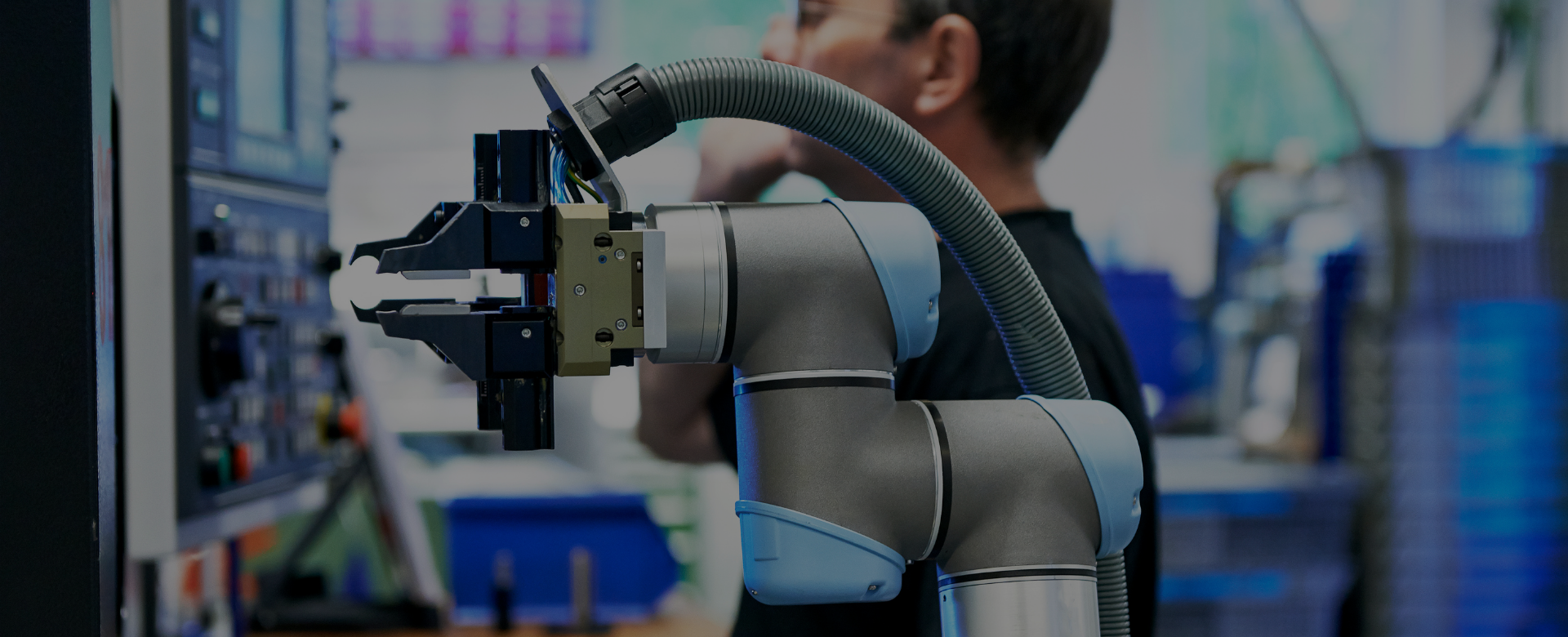For small to mid-sized manufacturers, any gain in productivity can have a huge impact. Automation offers significant advantages, but many small and mid-sized enterprises (SMEs) believe that robotics is out of their reach. These organizations can’t afford large, complex robots that don’t fit within their limited floor space, that require specialized personnel to program and maintain them, and that are simply too expensive, with a payback period that is too long to justify the investment.
But a new generation of collaborative robots (or “cobots”) is changing the game for smaller manufacturers, helping them compete more effectively, offering new opportunities for employees, and even improving worker safety. Look for these 5 essential requirements that will put robotics within your reach.
1. Quick set-up
Setting up a conventional industrial robot can take days or even weeks. That’s time and disruption that SMBs simply can’t afford. When you’re ready to automate, you or any untrained operator need to be able to unpack your new robot, mount it, and begin programming simple tasks in a matter of hours. Collaborative robot arms, such as those from Universal Robots (UR), weigh as little as 11 kg (24.3 lbs), and can be set up in less than a day.
Shane Strange, automation and integration specialist with faucet maker RSS Manufacturing and Phylrich in Costa Mesa, CA, had this experience: “Once [the UR robot] actually hit the floor, we got it unboxed and found a stand for it, and within 45 minutes we had it up, powered, and were actually programming the robot, doing simple back-and-forths and pick-and-place.”
2. Easy to program without special skills
Most SMEs don’t have a robotic programmer on staff—and can’t afford to hire one. But innovative new robotic technology lets operators with no programming experience quickly program robotic movements based on logical process steps and using intuitive tools. When electronics manufacturer Scott Fetzer Electrical Group in Nashville installed a UR robot, line lead Sebrina Thompson stated that anyone who can work a smartphone can use the robots.
Paul Quitzau, senior manufacturing engineer with medical device manufacturer Tegra Medical in Boston said, “Programming the Universal Robot is very straightforward. Anyone with any sort of ability to think logically, and who can envision how a process ought to run could program the robot. The screens are laid out friendly, the commands are almost self-intuitive. It comes with a manual that you could consult if you need to, but you don’t need much of that.”











